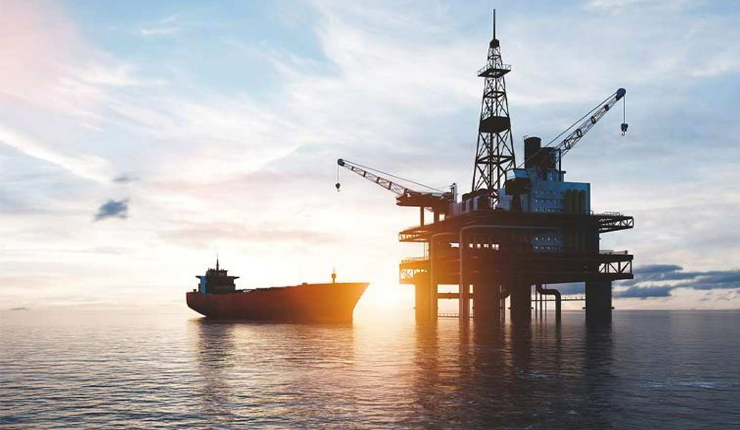Oil prices climb by 1.5 percent at the beginning of the new year due to possible supply disruptions in the Middle East region amid the ongoing unrest in the Red Sea. Investors and traders hope for demand to increase after the holiday, and the top crude importer, China to announce its economic stimulus.
Brent crude went up by 1.5 percent or $1.20 to $78.24 a barrel.
West Texas Intermediate crude (WTI) rose by 1.4 percent or $1 to $72.66 a barrel.
Economics and analysts who took part in a Reuters survey predicted that Brent crude would settle at $82.56 a barrel this year, slightly higher than the average of $82.17 in the previous year. Moreover, although analysts predicted that weak global growth would limit demand, they also anticipated that geopolitical tensions would support it.
Impact of Red Sea unrest
On Sunday, U.S. helicopters warded off a Houthi attack on a Maersk vessel in the Red Sea, sinking three of their ships, and killing 10 militants. The Houthi attacks sparked concerns that the Israeli war on Gaza might escalate to a wider regional conflict.
Wider-ranging conflict may shut down vital waterways, like the Red Sea and the Gulf’s Straits of Hormuz, that are used to transport oil supplies. Meanwhile, Iranian media said on Monday that an Iranian warship entered the Red Sea following the naval battle.
According to ship tracking data, at least four tankers carrying diesel and jet fuel are circumnavigating Africa to avoid the Red Sea as they make their way from the Middle East and India to Europe.
Hopes for economic stimulus in China on oil demand
Meanwhile, a China economic stimulus could boost economic growth and increase oil demand in the second-largest oil-consuming country in the world which will also support prices.
According to Leon Li, a CMC Markets analyst based in Shanghai, “the oil price may be affected by the escalation of the situation in the Red Sea over the weekend and the peak demand season during China’s Spring Festival,” referring to the early February Lunar New Year holiday.
Li also mentioned that anticipations of a price recovery in January were being raised by the anticipated demand for the Chinese holidays.
Following the third consecutive month of declines in manufacturing activity in December, official data released on Sunday raised investor expectations for new stimulus measures in China.



